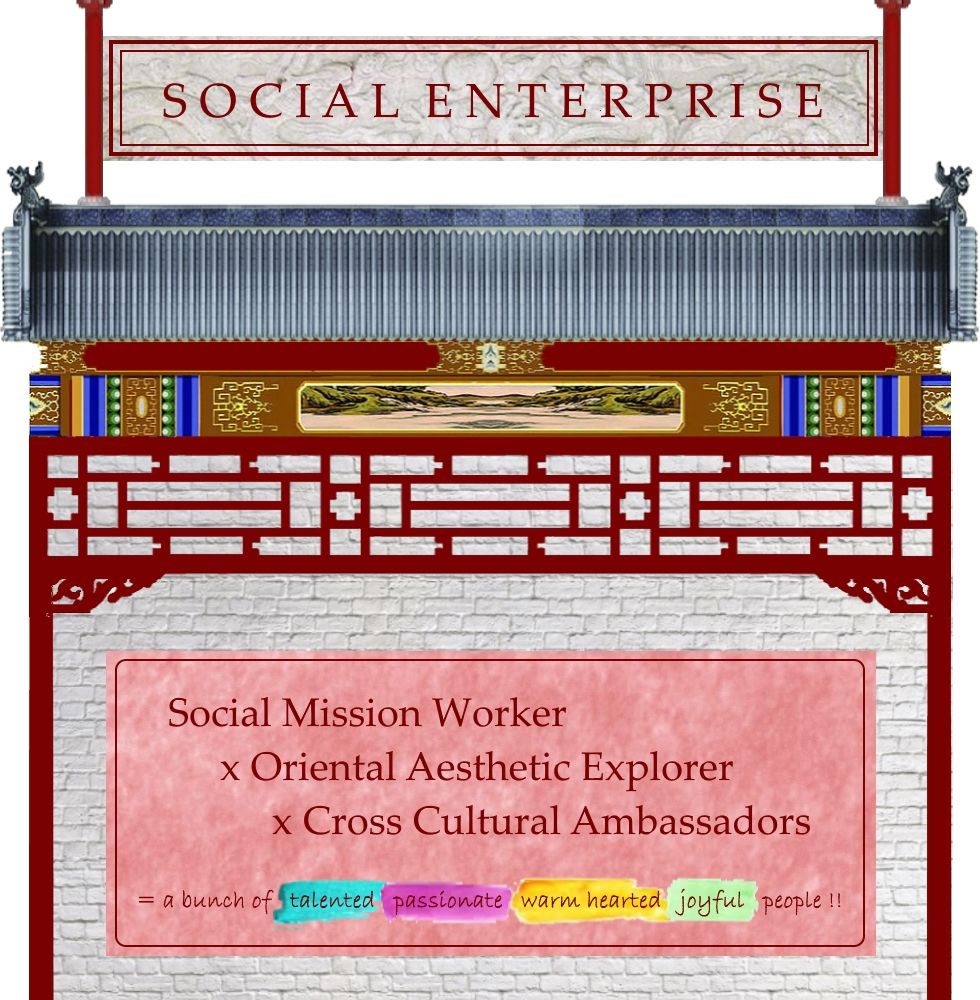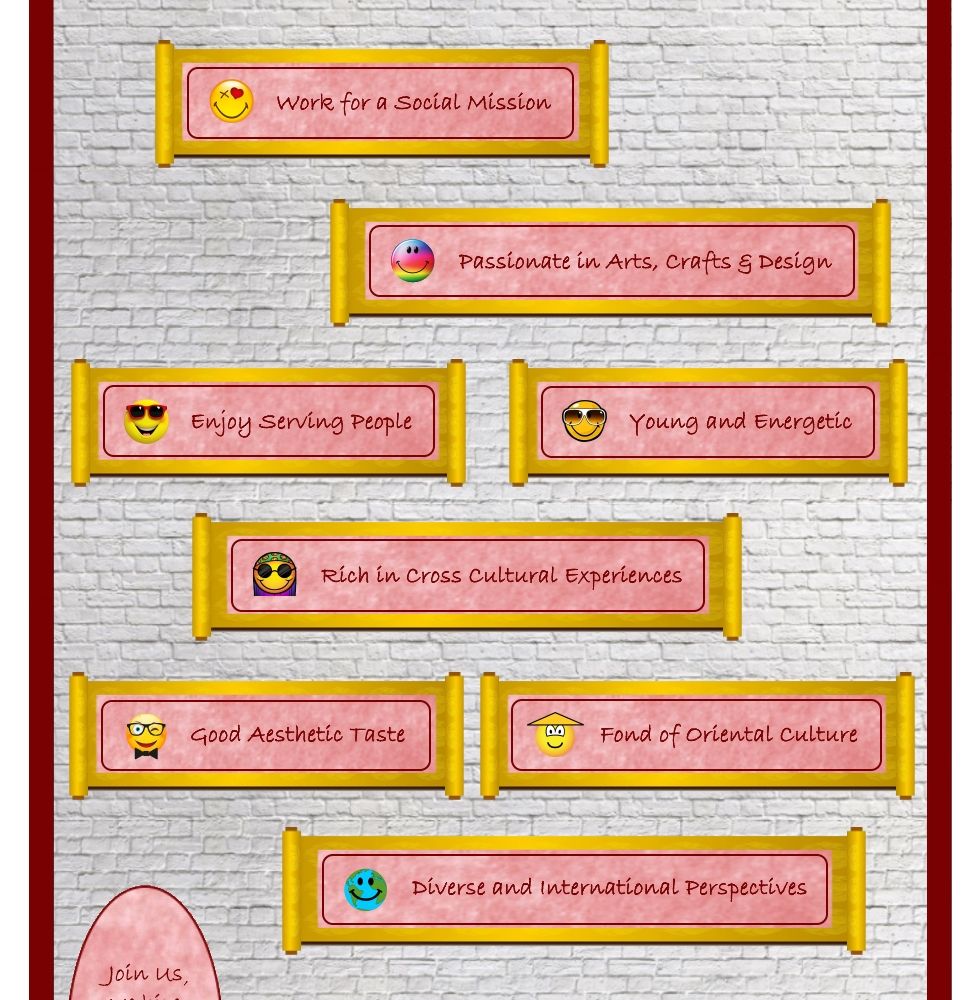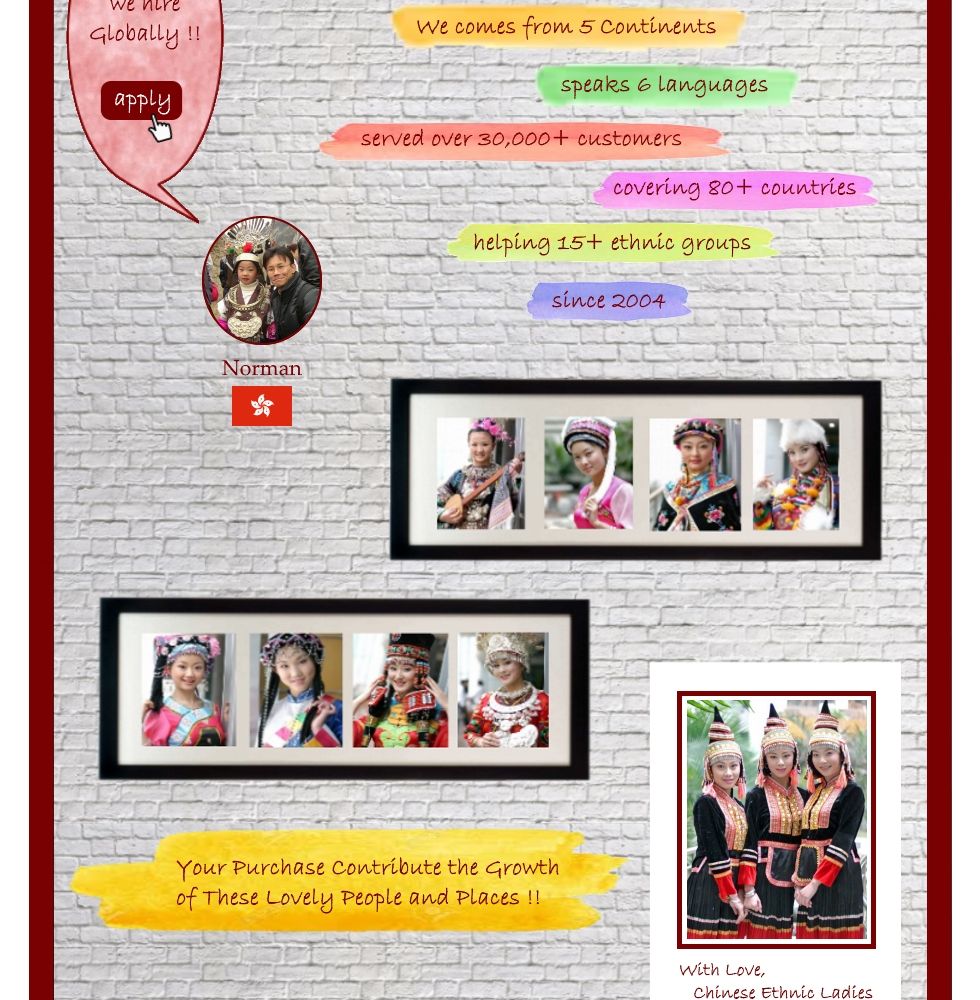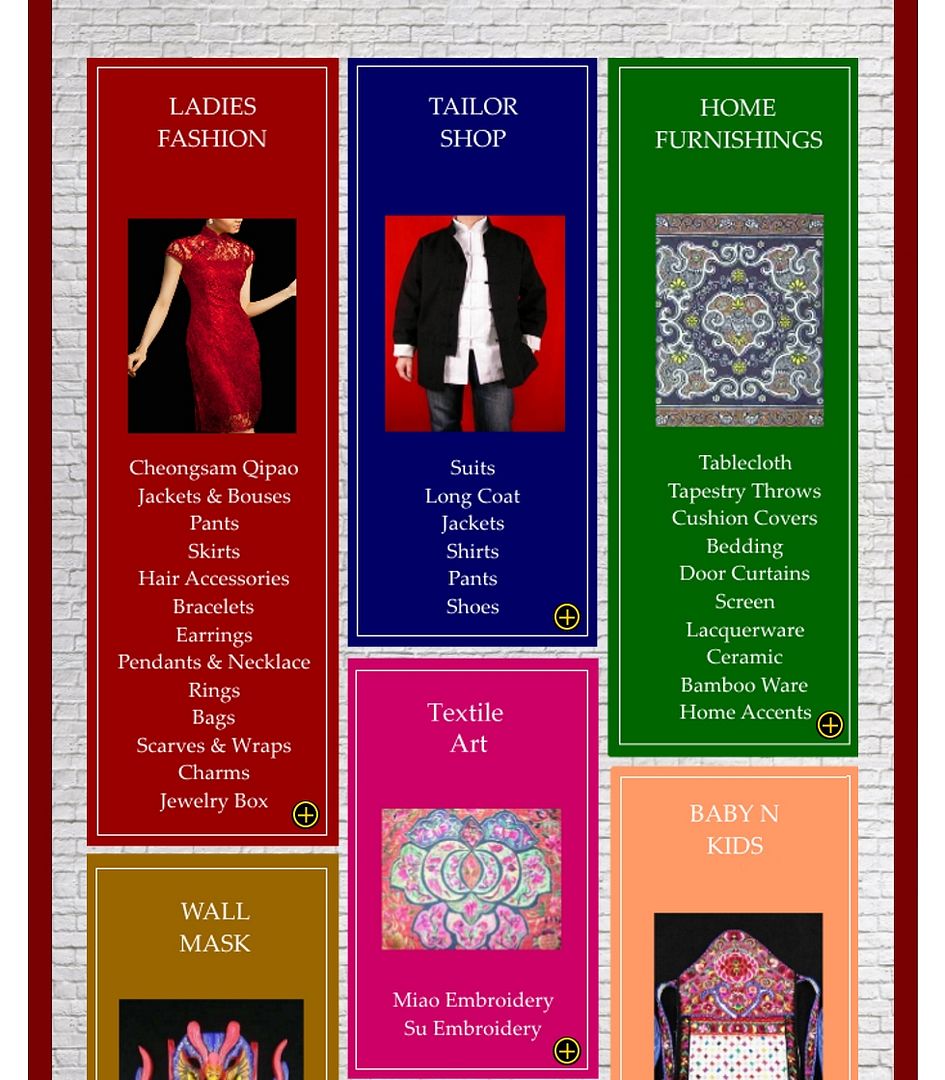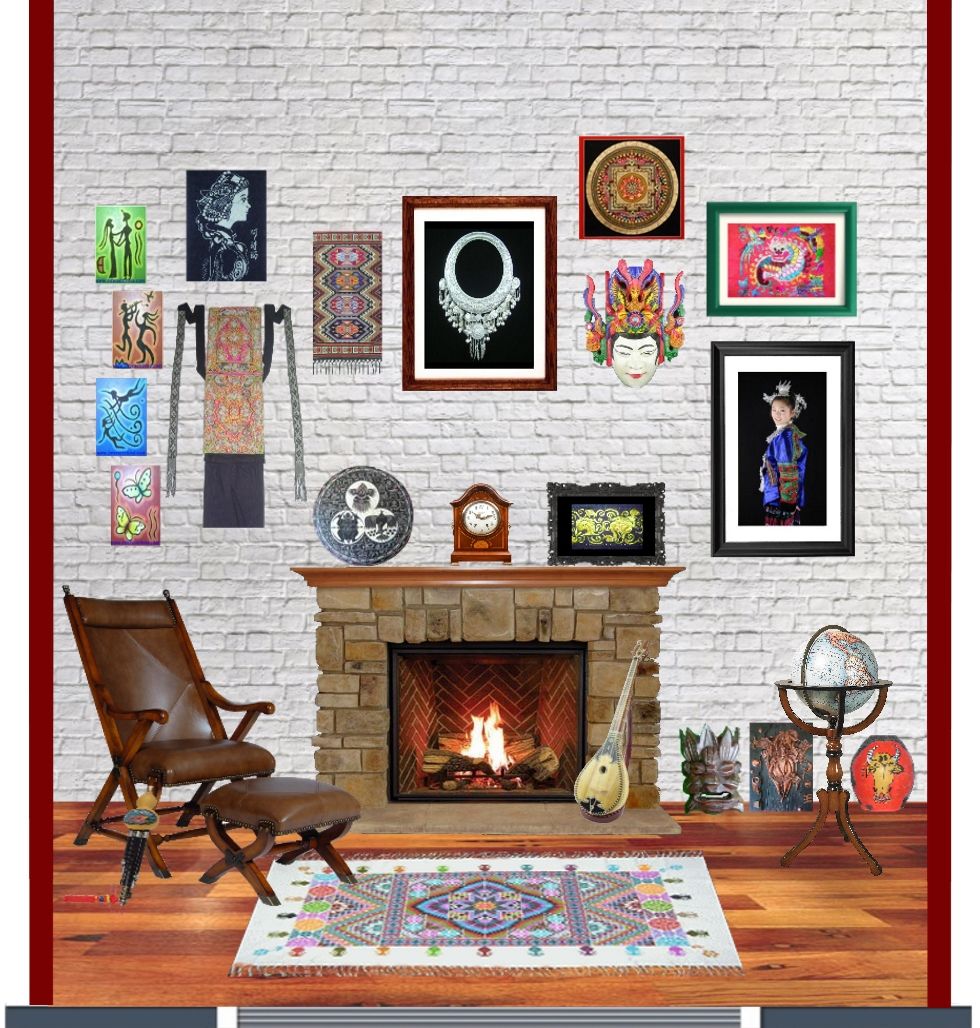Chinese Martial Arts
7th Jun 2017
Chinese martial arts, referred by Mandarin Chinese as Wu Shu and also popularly known as Kung Fu, are a number of fighting styles that have developed over the centuries in China.

Terminology
Kung Fu and Wu Shu are terms that have been borrowed into English to refer to Chinese martial arts. However, the Chinese terms Kung Fu and Wu Shu have distinct meanings.

Wu Shu literally means “martial art”. It is formed from the two words “wǔ”, meaning “martial” or “military” and “shù”, meaning “discipline”, “skill” or “method.”
Kung Fu is a Chinese term often used in the West to refer to Chinese martial arts. Its original meaning is somewhat different, referring to one’s expertise in any skill achieved through hard work and practice, not necessarily martial. Wu Shu is a more precise term for general martial activities.
Origin
According to legend, Chinese martial arts originated during the semi-mythical Xia Dynasty more than 4,000 years ago. The genesis of Chinese martial arts has been attributed to the need for self-defense, hunting techniques and military training in ancient China. Hand-to-hand combat and weapons practice were important in training ancient Chinese soldiers.
 |
Styles


China has a long history of martial traditions that includes hundreds of different styles. Over the past two thousand years many distinctive styles have been developed, each with its own set of techniques and ideas. There are also common themes to the different styles, which are often classified by “families”, “sects” or “schools”. There are styles that mimic movements from animals and others that gather inspiration from various Chinese philosophies, myths and legends. Styles which focus on “qi” (energy flow) manipulation are labeled as internal, while others concentrate on improving muscle and cardiovascular fitness and are labeled external. Geographical association, as in northern and southern, is another popular method of categorization.
Training

Chinese martial arts training consist of the following components: basics, forms, applications and weapons. Different styles place varying emphasis on each component. In addition, philosophy, ethics and even medical practice are highly regarded by most Chinese martial arts. A complete training system should also provide insight into Chinese attitudes and culture.
Basics

The Basics are a vital part of any martial training, as a student cannot progress to the more advanced stages without them; Basics are usually made up of rudimentary techniques, conditioning exercises, including stances. Basic training may involve simple movements that are performed repeatedly; other examples of basic training are stretching, meditation, striking, throwing, or jumping. Without strong and flexible muscles, management of Qi (energy flow) or breath, and proper body mechanics, it is impossible for a student to progress in the Chinese martial arts. A common saying concerning basic training in Chinese martial arts is as “Train both Internal and External”. External training includes the hands, the eyes, the body and stances. Internal training includes the heart, the spirit, the mind, breathing and strength.
Martial Morality

Traditional Chinese schools of martial arts, such as the famed Shaolin monks, often dealt with the study of martial arts not just as a means of self-defense or mental training, but as a system of ethics. “Wude” translated as “martial morality” is from the words “wu”, which means martial, and “de”, which means morality. “Wude” refer to two aspects, “morality of deed” and “morality of mind”. Morality of deed is about social relations. Morality of mind is meant to cultivate the inner harmony between the emotional mind and the wisdom mind. The ultimate goal is to reach “no extremity” (closely related to the Taoist concept of “wu wei”), where both wisdom and emotions are in harmony with each other.

References to the concepts and use of Chinese martial arts can be found in popular culture. Historically, the influence of Chinese martial arts can be found in books and in the performance arts specific to Asia. Recently, those influences have extended to the movies and television that targets a much wider audience. As a result, Chinese martial arts have spread beyond its ethnic roots and have a global appeal.
by Xiao Xiao @ InteractChina.com
About Interact China
-----------------------------------------------------------------------------------------------------------------------------
"A Social Enterprise in E-commerce Promoting Oriental Aesthetic Worldwide"
Aileen & Norman co-founded Interact China in 2004 with specialization in fine Oriental Aesthetic products handmade by ethnic minorities & Han Chinese. Having direct partnerships with artisans, designers, craft masters and tailors, along with 10 years solid experience in e-commerce via InteractChina.com, we position well to bridge talented artisans in the East with the rest of the world, and bring you direct finely selected products that are of good quality and aesthetic taste.
So far we carry 3000+ goods covering Ladies Fashion, Kungfu Clothing, Home Furnishings, Babies & Kids, Painting Arts, Textile Arts, Carving Arts, Tribal Jewelry Art, Wall Masks and Musical Instruments. Our team speak English, French, German, Spanish and Italian, and serve customers worldwide with passion and hearts.
-----------------------------------------------------------------------------------------------------------------------------
P.S. We Need People with Similar Passion to Join Our Blogging Team!
If you have passion to write about Oriental Aesthetic in Fashion, Home Decor, Art & Crafts, Culture, Music, Books, and Charity, please contact us at bloggers@interactchina.com, we would love to hear from you!











